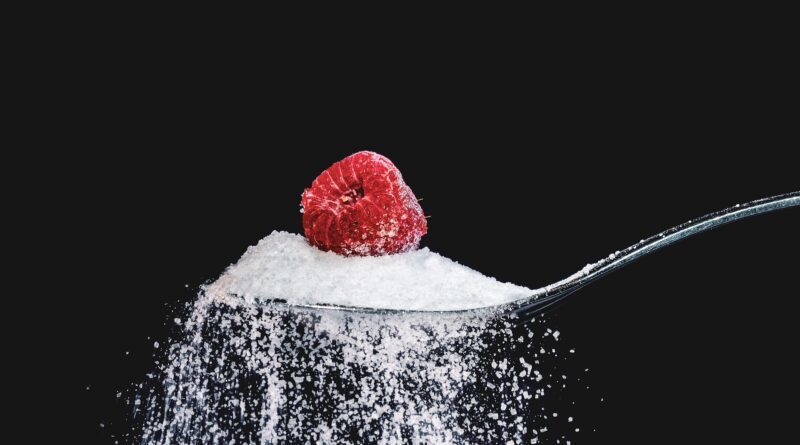Recommended diabetes foods
What is diabetes?
Diabetes is a disorder in which the pancreas produces little or no insulin, a hormone that helps the body’s tissues absorb glucose (sugar) for use as a source of energy. The disease may also develop if muscle, fat, and liver cells respond poorly to insulin. People who have diabetes usually have glucose levels build up in the blood and urine. This condition causes excessive urination, thirst, hunger, and problems with fat and protein metabolism.
It exists two types of diabetes: type 1 and type 2. The first one is also called juvenile-onset diabetes or insulin-dependent diabetes. This state is when the body stops any further generation of insulin. Persons diagnosed with this type are required to take insulin injections daily to survive. Children or young adults are likely to develop this type of diabetes.
The risk is that, while diabetes is not directly life-threatening, the long-term effects of high blood sugar can be detrimental to a person’s health. Controlling blood sugar with a combination of medicine, diet, and regular exercise will hugely reduce long-term difficulties. Recent research reveals that 2 in every 100 people have diabetes. Incredibly half of these people do not even know they have it.
If you accurately know what diabetes is, you can start by monitoring your health and daily eating habits. So, we want to share with you a list of recommended diabetes foods.
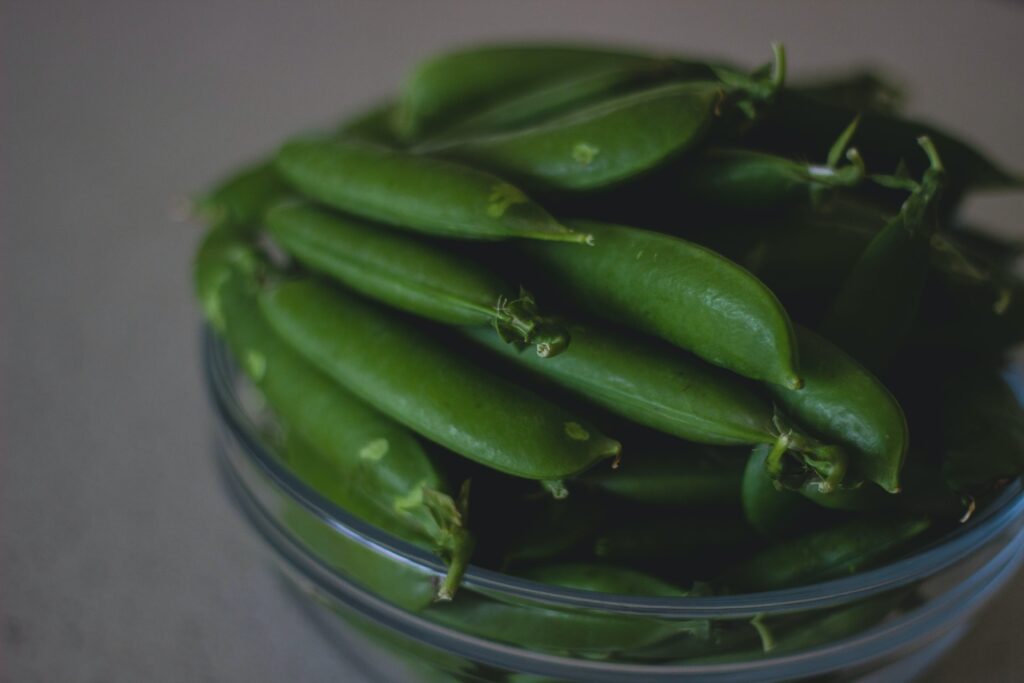
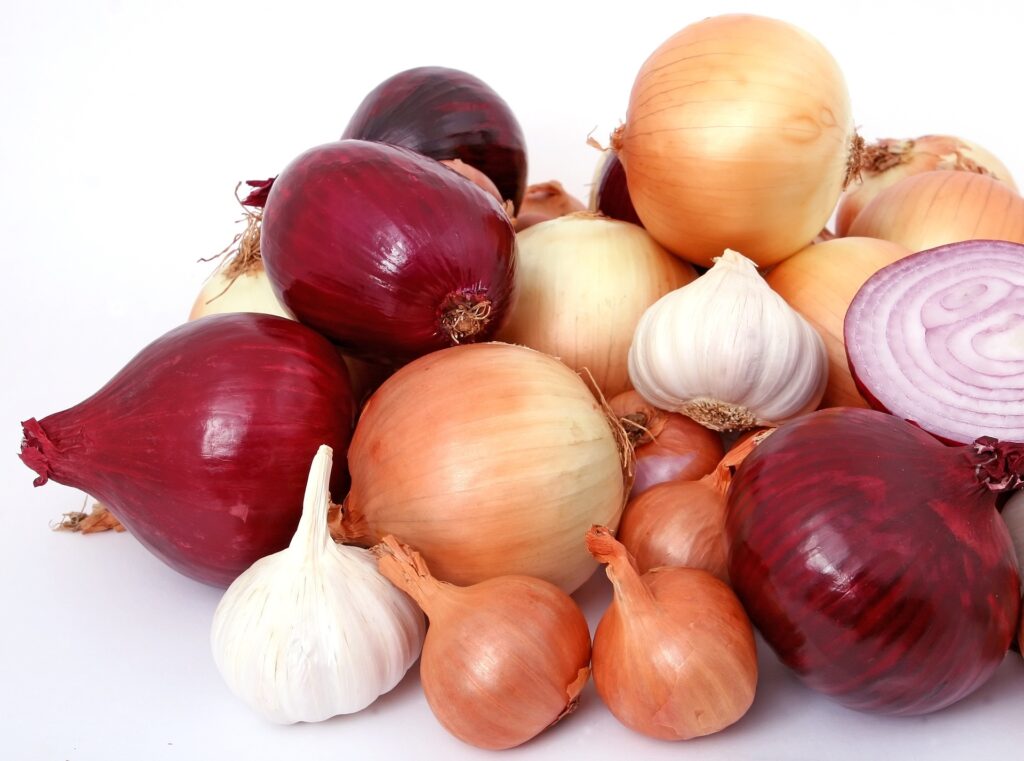
French bean
French bean is one of the most regularly used vegetables all over the world. It exists diverse varieties that are also known as common or kidney beans. Beans are great as diabetes foods with a high source of carbohydrates and fiber. So, it is essential to consume enough of them to keep diabetes under control.
A decoction prepared from beans is an excellent treatment for diabetes. To make it need to boil 60 grams of fresh kidney bean pods, after removing their seeds, in four liters of water on a slow fire for four hours. It is then strained through a fine muslin cloth and allowed to stand for eight hours. You should drink one glass of this beverage every two hours during the day. It should be done for four to eight weeks, along with the prescribed diet. It is necessary to make it fresh every day, as it loses its medicinal value after 24 hours.
The juice extracted from French beans is also helpful in controlling diabetes. It stimulates the production of insulin and, is regularly drunk in combination with the juice of Brussels sprouts. The patient must yet be following a prescribed diet.
Dr. James Anderson of the Human Nutrition Research Center of the US Department of Agriculture asserts that the same foods that lower cholesterol and fight heart disease are also excellent for diabetes. It sets foods like beans that are high in soluble fiber in a highly favored category.
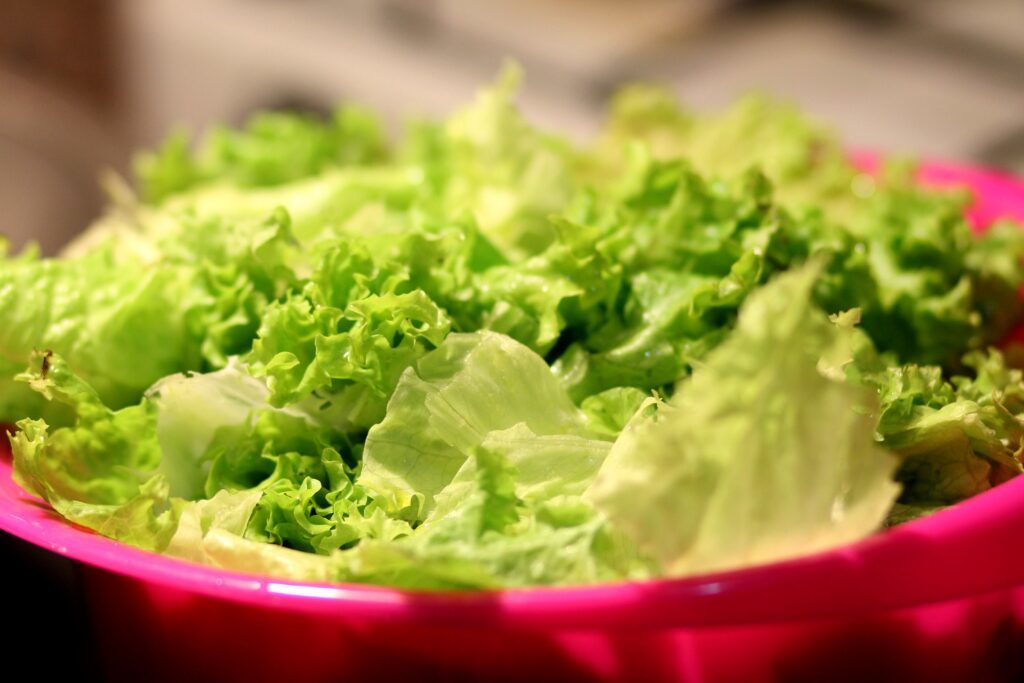
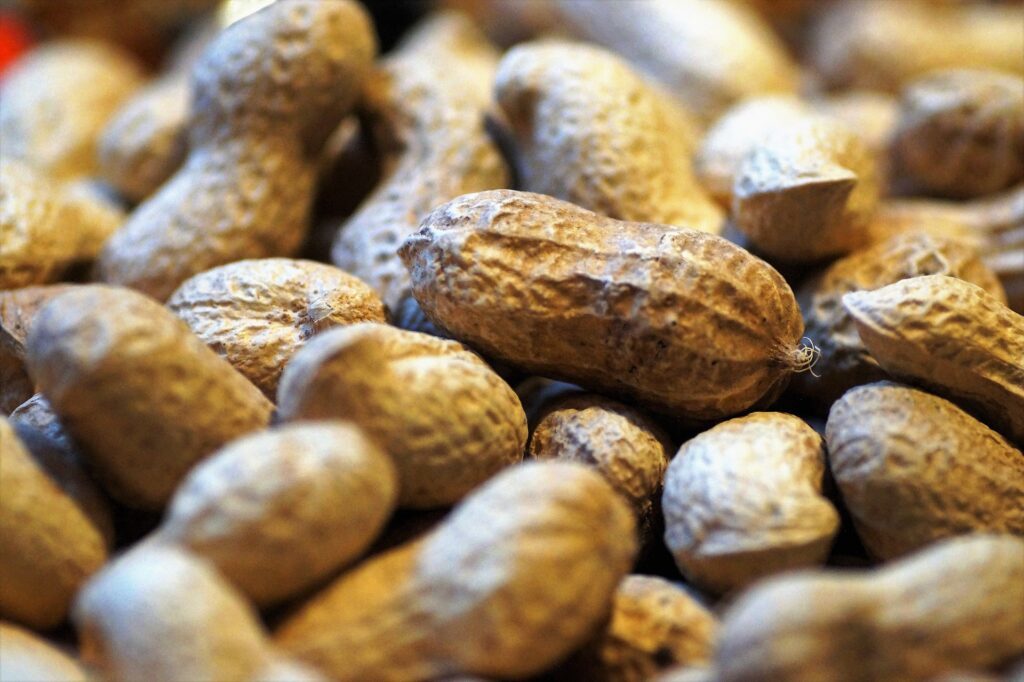
Garlic
Recent scientific examinations have found that garlic and its constituents raised insulin levels and lower blood sugar. As this vegetable is rich in potassium efficiently replaces the large quantities of potassium lost in the urine of diabetes. It also contains zinc and sulfur, which are constituents of insulin. Authorities estimate that low levels of zinc may be one factor that is responsible for the disease’s origin. Garlic also contains manganese, a deficiency of which can contribute to diabetes.
Garlic has other benefits for people with diabetes since it prevents arteriosclerosis, which is a common complication of the condition. It also serves to relieve body pain. They can consume the equivalent of one or two cloves of garlic a day in any form they like, either raw or cooked in food or as capsules. Garlic milk, prepared by adding four cloves of crushed garlic to 110 ml of milk, is one great alternative to consuming it. The best way, however, is to chew raw garlic wholly first thing in the morning.
Onion
The onion was used as a remedy for diabetes since ancient times. Recent research has proved that this pungent vegetable can lower blood sugar in diabetes. In current investigations in India, scientists fed onion juice and whole onions in a dose of 25 to 200 grams to a group of diabetics. They found that the higher the dosage, the faster the decrease in blood sugar levels. It revealed that onion affected hepatic glucose metabolism, insulin release, or prevented insulin destruction. They also became aware of it did not make any difference whether the onion was eaten raw or cooked.
The probable active hypoglycaemic substances in the onion are allyl, propyl, disulfide, and allicin. As early as 1923, researchers had identified the blood sugar-lowering properties of onion. In the 1960s, scientists isolated anti-diabetic compounds from onions. These are similar to the common anti-diabetic pharmaceuticals that stimulate insulin synthesis and release.
Lettuce
Lettuce belongs to that group of vegetables that contain just about five calories and two grams of carbohydrates. This fact makes it a healthy addition to a diabetes-friendly diet. Research has determined that green vegetables, like lettuce, may reduce the risk of diabetes type 2.
Romaine lettuce is better than any other variety as it has vital micronutrients. Lettuce, as well, contains lactucaxanthin, an anti-diabetic carotenoid that lowers blood glucose levels and can be a potential diabetes remedy.
Bitter Gourd
The bitter gourd is a primary vegetable cultivated extended that has exceptional healing properties. It was used as a fold remedy for diabetes from an early age. A study established that it contains an insulin-like principle designated as plant insulin, which helps in lowering blood and urine sugar levels.
We recommend adding the powder of bitter gourd seeds to regular meals. It is also advisable to drink the juice of three or four bitter gourds every morning on an empty stomach. A decoction made by boiling chopped bitter gourd is as efficient as its dry powder mixed with liquid foods.
Bitter gourd is rich in essential vitamins and minerals like vitamins A, B1, B2, C, and iron. Its regular consumption prevents hypertension, eye complications, neuritis, and the defective metabolism of carbohydrates.
Groundnut
Groundnuts are significant in a diabetes-friendly diet. Eating a handful of groundnuts periodically will not only prevent malnutrition, especially the deficiency of niacin. It will also reduce the development of vascular diseases.
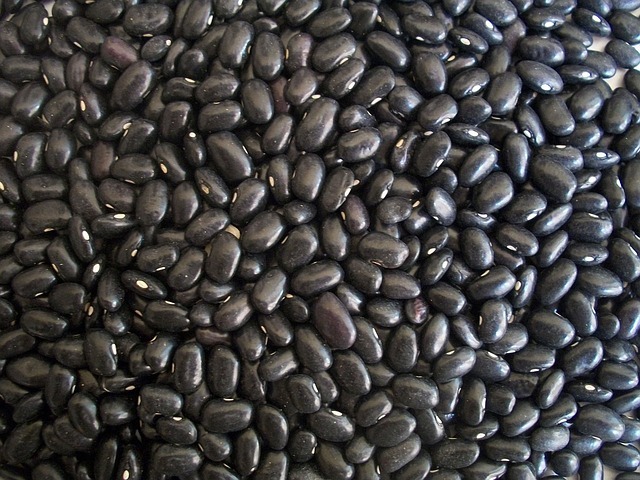
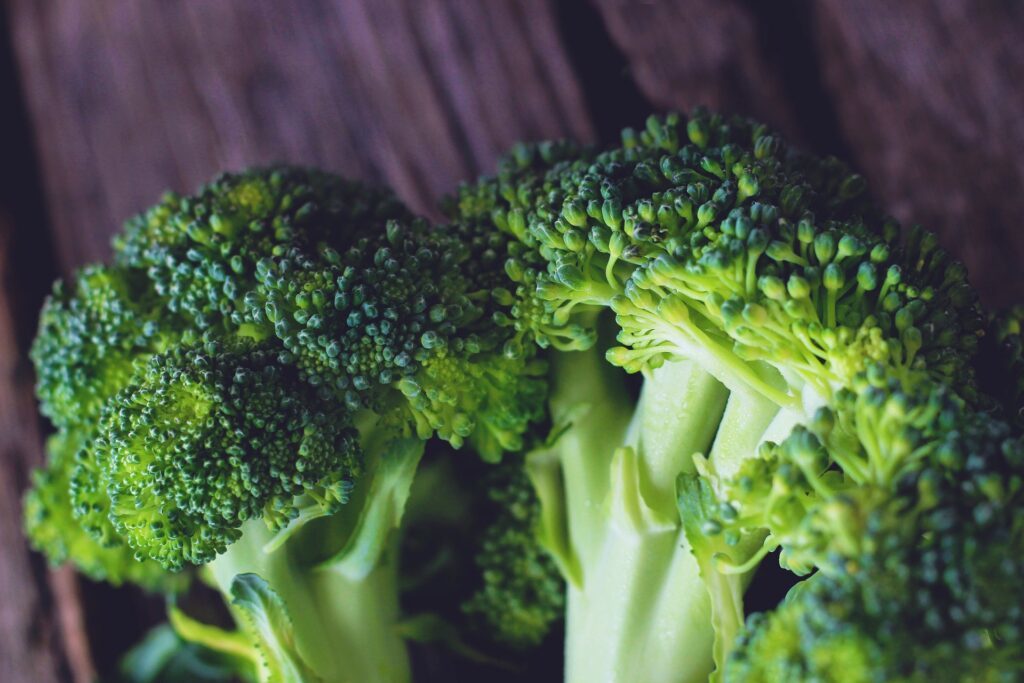
Black Gram
Black gram is a highly valued pulse in India as it is an anti-diabetic food. Germinated black gram consumed with half a cup of fresh bitter gourd juice makes an effective treatment for any diabetes. It should be drunk once a day, for three to four months, with a reduced intake of carbohydrates. In severe diabetes, frequent consumption of this combination is a useful complement to other treatments. It is also beneficial to prevent complications due to malnutrition in diabetes. Milk made by grinding sprouted whole black gram is also advisable for people with this condition.
Curd
Curd introduces friendly bacteria into the digestive system that stimulates the pancreas. It also removes the pancreas from its acids and wastes. These cleansing actions enable the pancreas to perform much better and thereby assist in the production of insulin. All curd benefits doubtless represent a plus in a diabetic’s diet.
Brewers Yeast
Brewers yeast is a wonder food since it is rich in traces of mineral chromium. This mineral helps the pancreas generate more insulin. It is one of the best supports for the regular administration of sugar in the body. According to an article by Dr. Richard J. Doisy and other specialists, which appeared in the Medical World News, brewers yeast has lowered the insulin requirements of many diabetics’ treatments.
Soya bean
The Journal of the American Medical Association quotes, soya bean is one of the most nourishing foods of great benefit in the treatment of diabetes by Dr. Christian Becker. In this article, Dr. Becker affirms that Soya bean bread is a valuable food for people with diabetes. It contains very little starch but is abundant in fat and protein, both of superior quality.
Soya bean was firmly grown in importance from a therapeutic point of view since 1910 when investigations indicated it to be a relevant part of a diabetic diet. Its usefulness in diabetes is attributable to its ability to produce, in some arbitrary way, a decrease in the percentage and the total quantity of urinary sugar in diabetes patients on the typical dietary restraints.
Broccoli
Broccoli, a close relative of the cauliflower, has long been a popular food in Europe. This vegetable has proved to be an efficient anti-diabetic food. It is a valuable source of chromium, a trace mineral that appears to lower blood sugar. This trace mineral adjusts blood sugar, thereby often reducing the medication and insulin demands of diabetes. In cases of mild diabetes, chromium can prevent the onset of full-blown disease. If a person’s glucose tolerance is borderline, chromium can help control it. Low blood sugar levels can also be regulated with chromium.
Bengal Gram
Bengal gram, also known as chickpea, is a widely used essential ingredient of tin Indian diet. Research has shown that regular intake of water extract of Bengal gram increases glucose control in diabetics. An investigation made by the Central Food Technological Research Institute in Mysore demonstrated that the demand for insulin for chronic diabetes patients lowered from 40 units a day to 20 when kept on a diet that included supplements of Bengal gram essence.
Diabetic patients, which do not critically limit the intake of carbohydrates but include plentiful amounts of Bengal gram decoction, have revealed a considerable increase in their fasting blood sugar levels, glucose tolerance, urinary excretion of sugar, and general condition.
We also want to share some useful advice to take into account when having a diabetes-friendly diet.
Reduce the intake of regular snacks and consume more healthy snacks.
Reducing the intake of regular snacks is one of the most arduous tasks to accomplish. But establishing a great routine is essential to a diabetes-friendly diet. The types of snacks you should eat are unsalted nuts, unsweetened dried fruit, fresh fruit, and fresh vegetables, as mentioned above.
Reduce the consumption of white flour and consume more wholemeal carbs.
It is the most crucial element of your diet as wholemeal is healthier for diabetics and has much more flavor. Thus, changing would be easier than you believe. Remember that the best bread is the one that is freshest with the least preservatives or added ingredients. Brown or basmati rice is also an excellent option that has a lovely nutty texture. Wholemeal pasta is delicious food to add to your regular diet too.
Do not drink cocktails. If you like alcoholic beverages is more beneficial to drink wine.
Cocktails are not advisable in the diet of a diabetic, as they are full of sugar, colorings, and preservatives. If you are at a restaurant, red wine is much better than anything else you can order. Besides, the antioxidants in red wine have been scientifically proven to be exceptional for a healthy heart. The recommended amount is one glass a day with your evening meal.
Start cooking with more fruit and vegetables in your meals.
Fresh fruit and vegetables are an excellent way to include all the vitamins and minerals in a diabetic’s diet. It exists so many different forms to cook vegetables, but raw vegetables are the best followed by the steam procedure. Both of these methods of cooking preserve all their natural virtues.
Drink more water.
Probably you have heard this advice many times before, but the benefits of drinking sufficient water are endless. Some tips for drinking more water are to place water bottles at all the sites you go to in the house or work. It will help you consume enough water during the day. It is clear that drinking sufficient water is vital in any diet and even more appropriate in a diabetes-friendly diet.
In conclusion, now that you know what diabetes is all about, you can apply these helpful suggestions to reduce the long-term complications of the disease.
This content is published for informational purposes only and cannot replace the work of a professional. We recommend that you consult with your trusted specialized professional.
